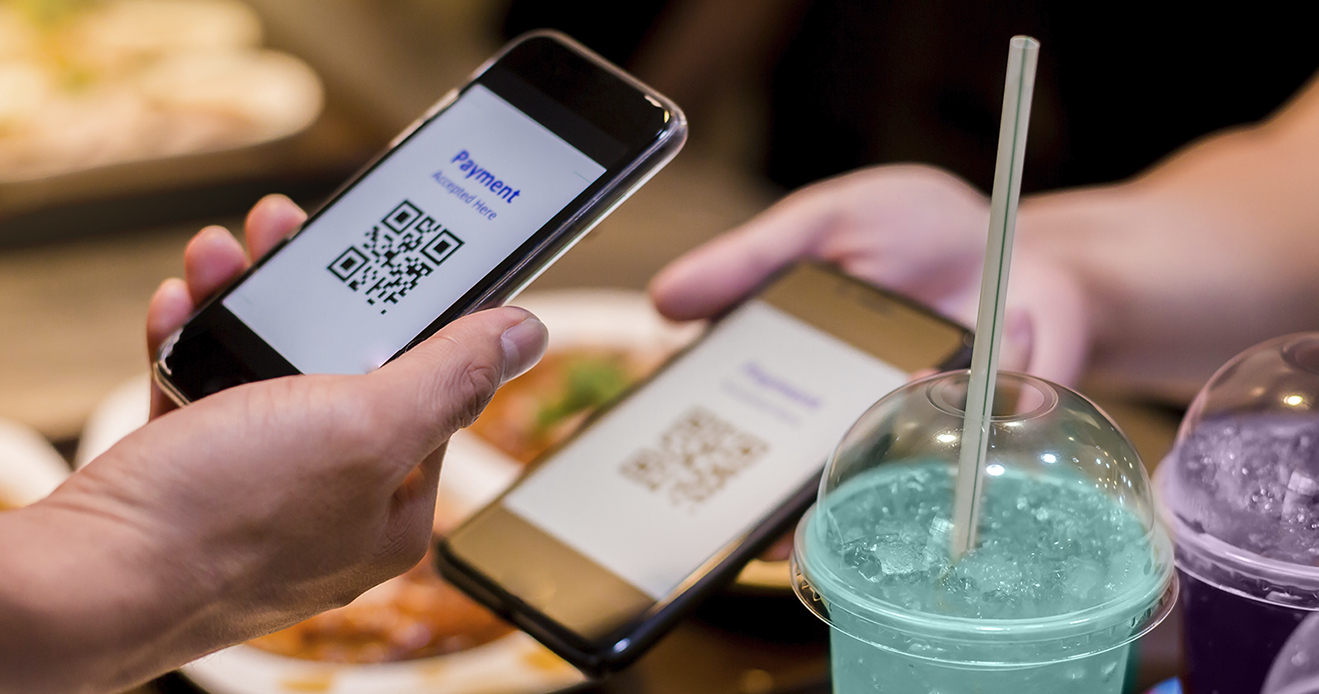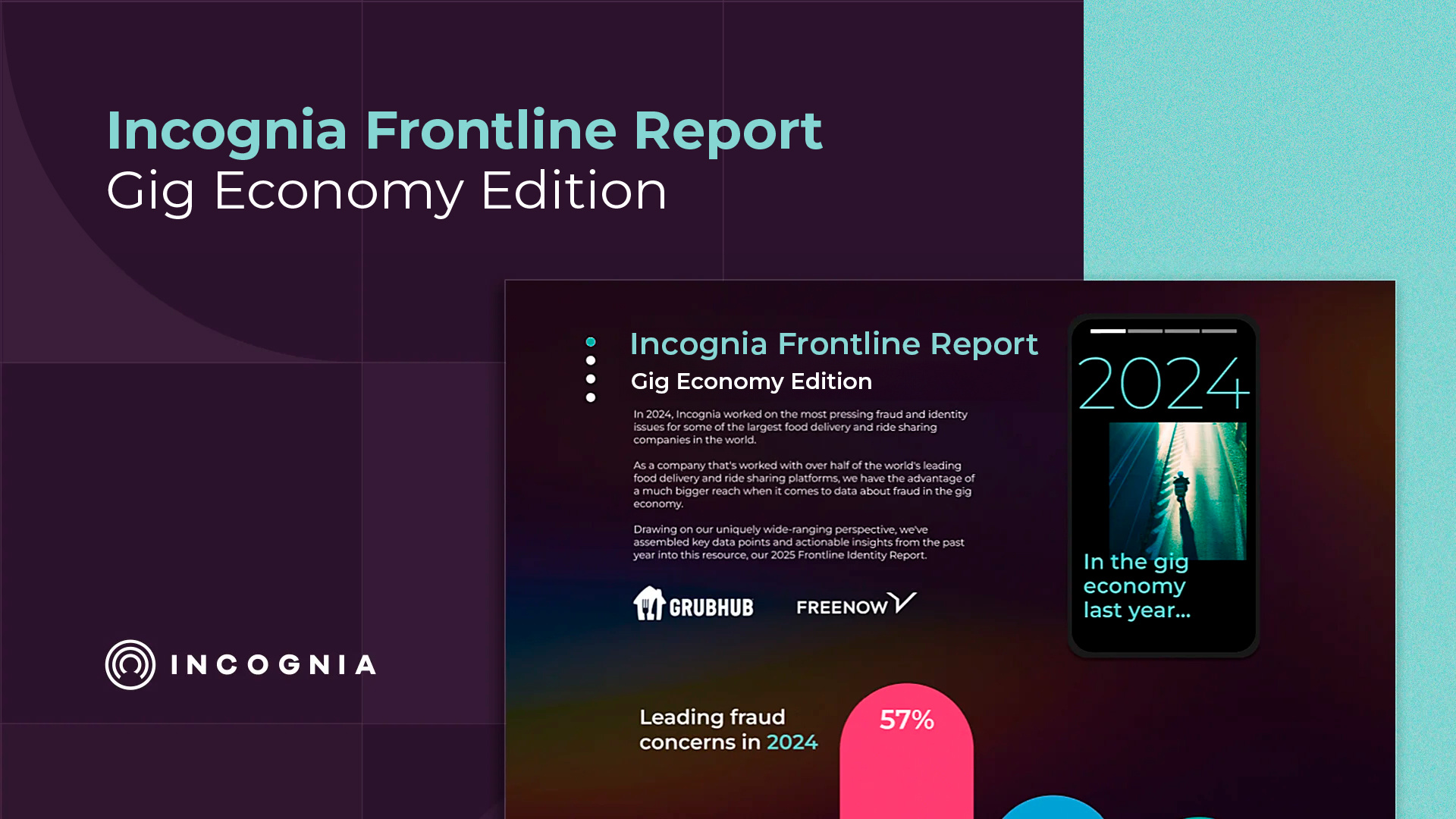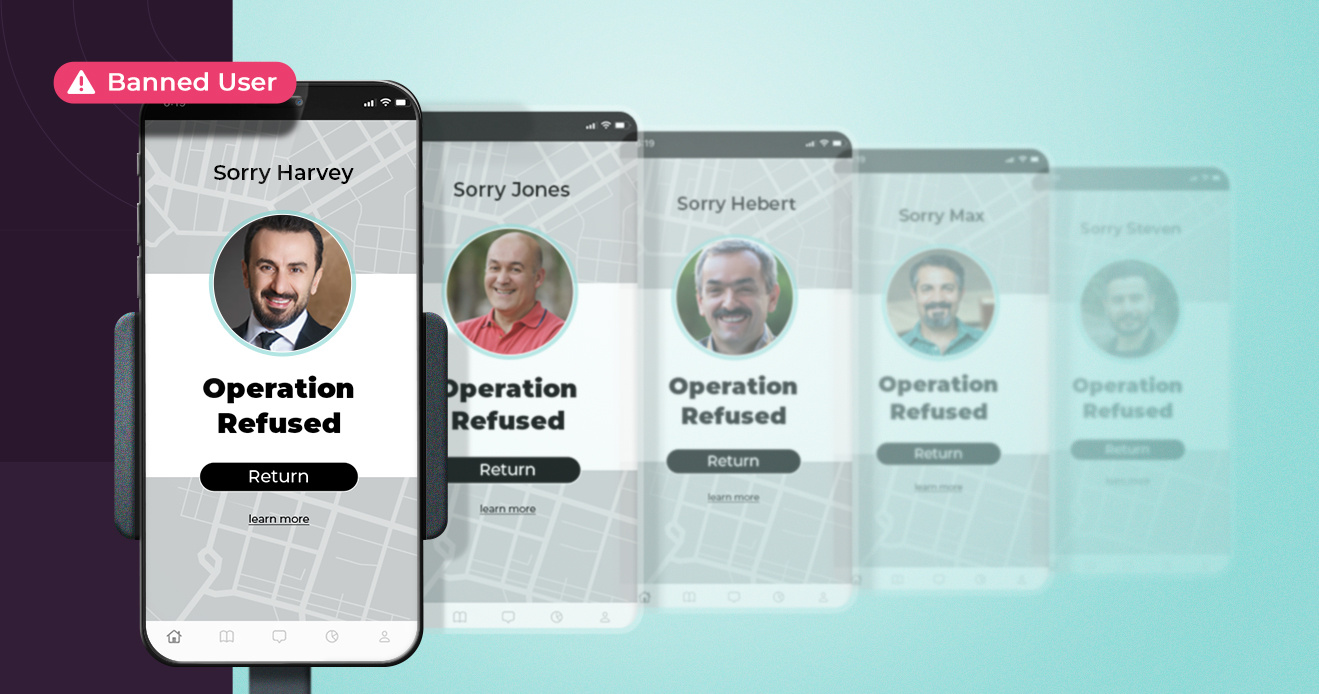- Blog
- Frictionless Fraud Detection Meets Contactless Payments
Frictionless Fraud Detection Meets Contactless Payments
Using location behavior to protect QR Code Contactless Payments
Subscribe to the Incognia Newsletter
The rise of contactless payments
Contactless payments are seeing a surge in usage in 2020, driven largely by health concerns associated with the COVID-19 pandemic. With the adoption of social distancing, it is only to be expected that consumers are opting for payment methods that require no contact. In addition to reducing the risk of being infected, the main benefit to customers of contactless payments is the removal of friction.
In the recent Gartner Consumer Pandemic Attitudes and Behaviors Survey, "40% agreed with the statement ‘I’m more willing to do business with stores or other commercial premises that offer contactless payment options.'”
Not only is the use of contactless payments increasing in 2020, but consumers are indicating they plan to stay with contactless.
Mastercard reported a 40% growth in contactless transactions worldwide in the first quarter of 2020 and 70% of people say they will switch to digital payments permanently.
The ease of QR Codes
Many retailers and restaurants are looking to rapidly upgrade their payment processes to meet this demand for contactless payments and the ease of integration of QR Code contactless payment has resulted in a big surge in usage. For retailers the advantage of QR codes over NFC technology is that QR codes can be sent and received by any smartphone, requiring no point-of-sale (POS) infrastructure. In addition, QR Code contactless payments can be added to existing retailer mobile apps, providing an opportunity for increased stickiness and increased conversions.
QR code technology makes it easy for merchants to either provide a QR code or scan a user’s code, depending on process preference and data connectivity. For the merchant, this can eliminate the cost of a POS system and the fees associated with accepting credit cards. For the user, this means less friction and more convenience, leading to increased conversions for the merchant.
Fraudsters look for any advantage
Unfortunately, it is not only retailers and consumers who have their eye on contactless payments, but so do fraudsters.
Given that QR code contactless payments are new for many merchants and users, fraudsters are ready to take any advantage. QR Code contactless payments are equally vulnerable to account takeover attempts as regular payments, in fact, given the newness of this payment method users may be particularly vulnerable. Also, fake QR codes are a real thing, as well as QR codes containing malware.
Fraud prevention for QR Code Contactless Payments
To help protect consumers we announced today the Incognia frictionless fraud prevention solution for contactless payments that use our location behavioral biometrics platform. Incognia’s frictionless QR code contact payments fraud detection solution is designed to protect in-store, remote, and P2P QR code contactless payments.
The Incognia solution is integrated as a mobile SDK within retailer’s iOS and Android mobile apps and offers highly precise location intelligence from network signals and on-device sensors that enables real-time verification of user’s location behavior. Using Incognia, companies are able to detect and prevent the most commonly known attacks in QR code payments: account takeovers, fake accounts, and fake QR codes. Incognia checks, in real-time, whether a user is transacting from a trusted location (based on their historical behavior) and if the scanned QR code is indeed linked to that specific merchant location. Solution Brie
While the rapid shift to contactless payments in the US was precipitated by a global pandemic the indicators are that the benefits to consumers will make this a permanent shift. Retailers who move quickly to adopt this form of payment will not only seize the current market opportunities but be poised for success long term.
If you are incorporating QR Code contactless payments into your mobile app please consider additional fraud detection based on confirming location behavior of your users, to keep them safe from fraudsters.




